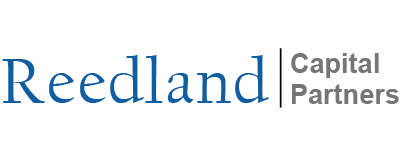Corporate & Real Estate Debt Advisory Services
Reedland Capital Partners is an elite boutique investment bank that specializes in structuring, arranging and negotiating corporate and real estate debt for both publicly-traded and privately-held middle market companies and emerging growth companies. Loan sizes generally range from $20 million to $175 million+, with proceeds utilized for acquisitions, growth capital, dividend recapitalizations, or refinancing of existing debt on more favorable terms. For over 20 years, Reedland has been highly effective in creating unique debt structures for its clients resulting in better pricing, more loan availability and fewer restrictive financial covenants.






